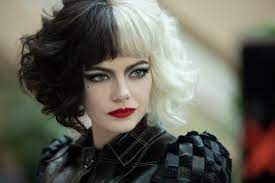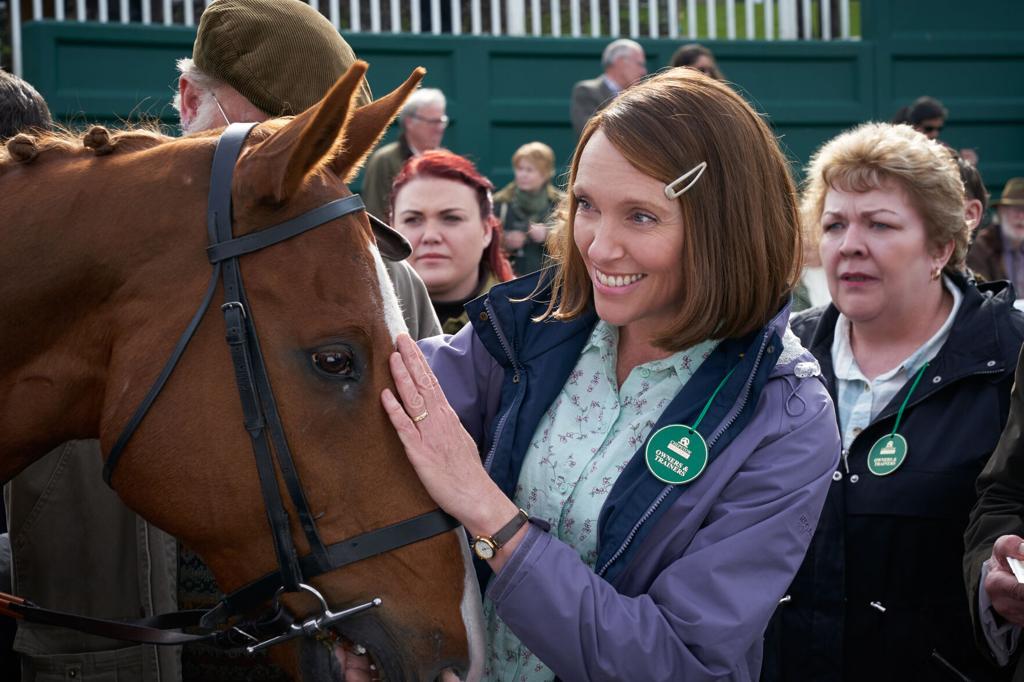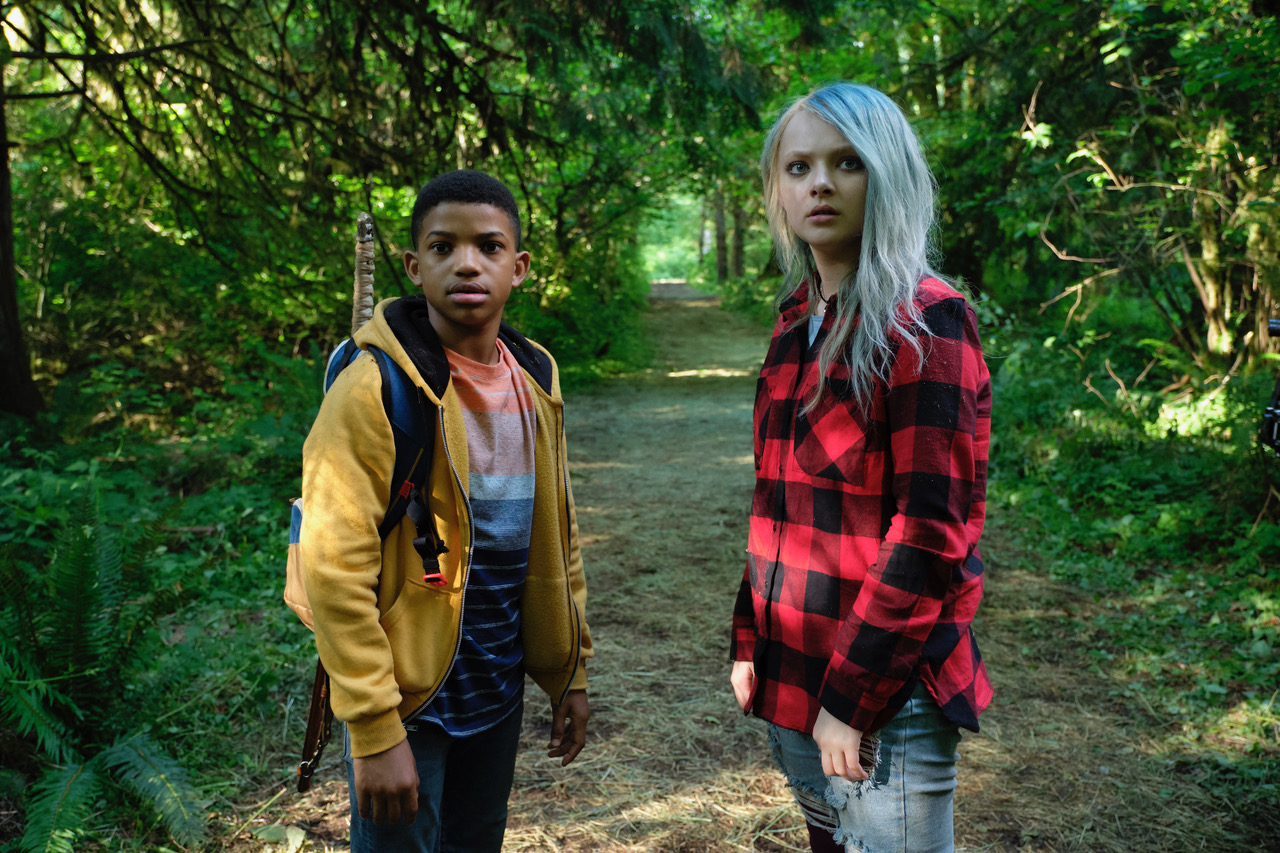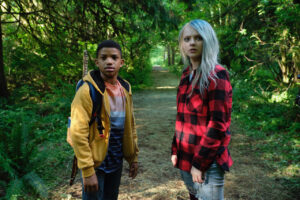Spirit: Untamed
Posted on June 3, 2021 at 5:04 pm
B| Lowest Recommended Age: | 4th - 6th Grade |
| MPAA Rating: | Rated PG for some adventure action |
| Profanity: | None |
| Alcohol/ Drugs: | None |
| Violence/ Scariness: | Action-style peril, sad offscreen death of parent |
| Diversity Issues: | Diverse characters |
| Date Released to Theaters: | June 4, 2021 |
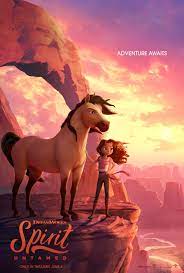
The original film centered on the title character a wild horse captured by cowboys but searching for freedom. He was voiced by Matt Damon. This film, like the Netflix series, is more of a spin-off than a sequel, with another wild horse named Spirit, but the only talking characters are the humans.
In the mid-1800s, a little girl named Lucky (Fortuna to her Spanish-speaking mother, Milagro Navarro, lovingly voiced by Eiza González) is sent to live in the big city with her stern grandfather, a politician who insists that family comes first. Her mother has been killed in an accident performing on horseback, and her grief-stricken father is not able to care for her.
Ten years later, the animal-loving Lucky (voiced by Isabela Merced) manages to disrupt her grandfather’s important political appearance, and so she and her Aunt Cora (Julianne Moore) are packed off to the west, where Lucky’s father Jim (Jake Gyllenhaal) is helping to get the railroad built. Lucky and her father have not seen each other in a decade, but they awkwardly begin to get to know one another until he discovers she has been riding, and forbids her to go anywhere near a horse. The memories of the loss of Lucky’s mother are still too painful.
But Lucky has found Spirit, like the one in the original film a wild horse captured by cowboys and scheduled to be “broken.” Lucky patiently allows Spirit to feel comfortable with her. And nothing Jim says can keep her away from Spirit. She feels they understand each other.
When Lucky learns that Spirit’s family (his herd) is about to be captured and sold by wicked outlaws, she decides to rescue them, with the help of her new friends Pru (Marsai Martin of “Black-ish”) and Abigail (McKenna Grace). To get there in time will require riding their horses over a treacherous trail. But “Prescotts never give up” and Lucky is brave.
This is the best part of the film, as the girls navigate all kinds of danger with courage, loyalty, and good humor. “I rode a horse!” Lucky crows. “Around here we call that holding on for dear life,” one of her friends responds dryly. Co-writer/co-director Elaine Bogan has a perceptive understanding of the vital importance of the P-A-L (the girls’ initials) friendship. While parents will want to remind their children that no one should leave home without letting family know where they’re going and “never give up” does not mean taking unreasonable risks, this is a heartwarming story of human and equine courage and loyalty and a tribute to the wild spirit in both species that seeks adventure and rights wrongs.
Parents should know that this movie includes peril, cruel treatment of animals, very risky behavior by young girls, and the off-screen said death of a parent.
Family discussion: When is it brave to be careful? What adventures do you have with your friends?
If you like this, try: The earlier Spirit film and the Netflix series, and live action films like “The Black Stallion” and “National Velvet”


